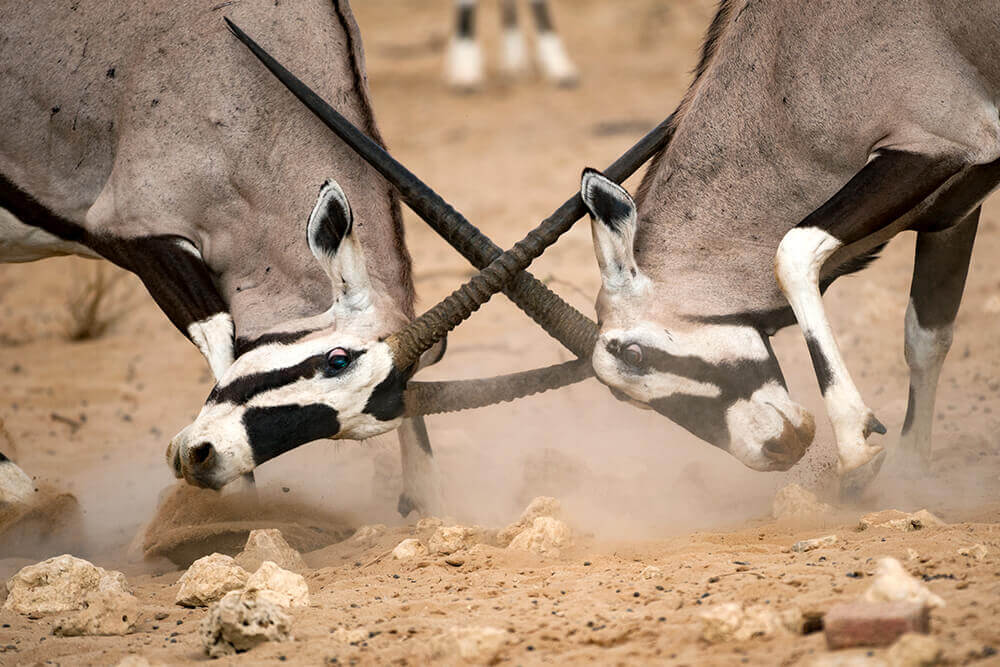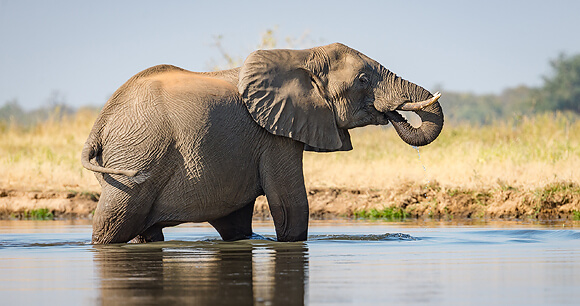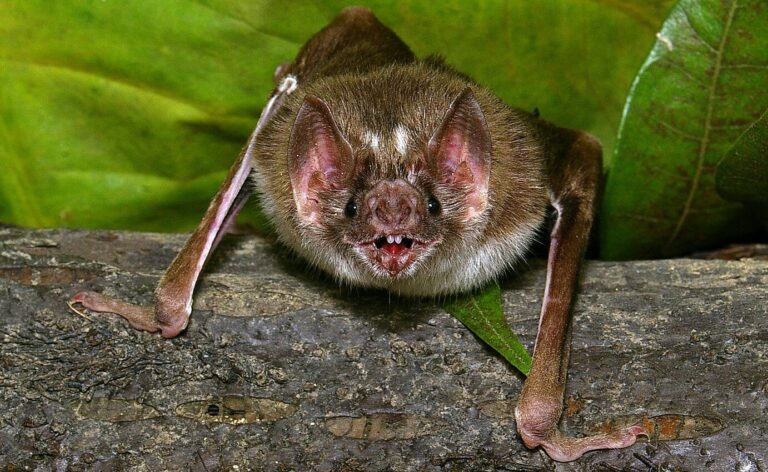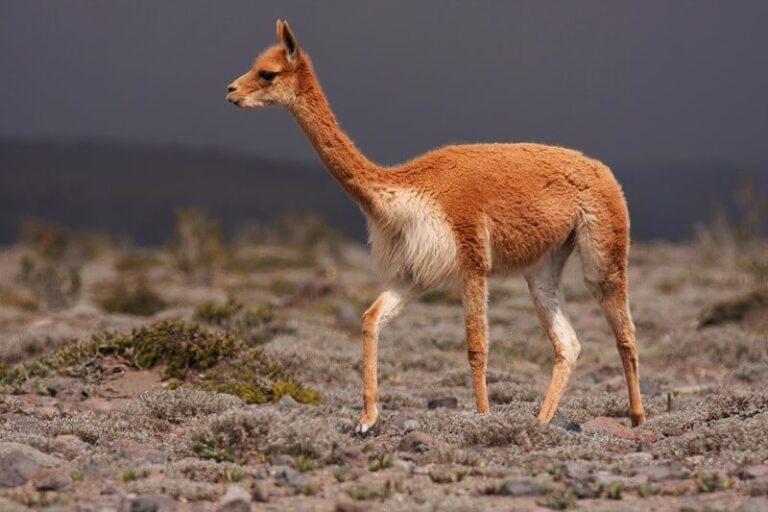Oryx: The Majestic Desert Antelope
The oryx is a striking and resilient antelope species known for its impressive adaptations to harsh desert environments. Recognizable by their long, straight horns and unique markings, oryxes symbolize survival in some of the most unforgiving landscapes on Earth. This in-depth guide will explore their scientific classification, physical characteristics, habitat, behavior, diet, reproduction, predators, conservation status, interesting facts, evolutionary history, and relationship with humans.
Contents
Scientific Classification
- Kingdom: Animalia
- Phylum: Chordata
- Class: Mammalia
- Order: Artiodactyla
- Family: Bovidae
- Genus: Oryx
- Species:
- Oryx dammah (Scimitar-horned Oryx)
- Oryx gazella (Gemsbok)
- Oryx leucoryx (Arabian Oryx)
- Oryx beisa (East African Oryx)
Physical Characteristics

Oryxes are medium to large-sized antelopes characterized by their striking appearance and adaptations to desert life.
- Size: Oryxes typically stand between 3.3 to 4.6 feet tall at the shoulder, with a body length of about 5 to 7.5 feet.
- Weight: They weigh between 220 to 450 pounds, depending on the species and sex.
- Horns: Both males and females have long, straight, or slightly curved horns that can reach up to 4 feet in length. These horns are used for defense against predators and during fights with other oryxes.
- Coat: Oryxes have a pale, light-colored coat that reflects the sun’s rays, helping them stay cool. They have striking black or dark brown markings on their faces, legs, and sides, which help reduce glare from the sun.
- Adaptations: Their nasal passages cool the blood going to the brain, allowing them to withstand high temperatures.
Habitat
Oryxes are perfectly adapted to arid and semi-arid regions, including deserts, savannas, and dry grasslands. Each species has its preferred habitat:
- Scimitar-horned Oryx: Historically found in North African deserts but now extinct in the wild, they have been reintroduced in small numbers in Chad and other protected areas.
- Gemsbok: Native to the Kalahari Desert and other regions in Southern Africa, thriving in open, arid landscapes.
- Arabian Oryx: Found in the Arabian Peninsula’s deserts, they prefer gravel plains, dunes, and rocky areas.
- East African Oryx: Inhabits savannas and arid grasslands of East Africa, including Ethiopia, Kenya, and Somalia.
Behavior

Oryxes are social animals that typically form herds ranging from a few individuals to several dozen, depending on food availability.
- Herd Dynamics: Herds are usually led by a dominant male and composed of females and their offspring. Males can be territorial, especially during the mating season.
- Activity: They are mostly diurnal, but in extreme heat, they become crepuscular and active during the cooler hours of dawn and dusk.
- Communication: They communicate using various vocalizations, body postures, and scent markings. During confrontations, oryxes use their horns for defense and to establish dominance.
Diet
Oryxes are herbivores, primarily grazing on grasses, herbs, and shrubs. One of their most remarkable adaptations is their ability to survive long periods without water.
- Foraging Behavior: Oryxes graze during cooler parts of the day, such as early morning and late afternoon.
- Water Conservation: They can extract moisture from the plants they consume and endure water loss of up to 15% of their body weight.
- Drought Adaptations: They can eat thorny plants and dig for roots and tubers, which provide essential hydration in dry conditions.
Reproduction
Oryxes have a unique reproductive strategy that allows them to breed year-round, ensuring the species’ survival in challenging environments.
- Gestation: The gestation period lasts approximately 8 to 9 months, after which a single calf is born.
- Birth and Calf Rearing: Calves are well-developed at birth and can stand and run within a few hours. They often hide in vegetation for the first few weeks, with the mother returning periodically to nurse.
- Maturity: Calves are weaned at around 3.5 to 4 months and reach sexual maturity at about 18 months.
Predators
Adult oryxes are formidable opponents with few natural predators, but young calves are more vulnerable.
- Predators: Lions, hyenas, cheetahs, and African wild dogs occasionally prey on adult oryxes, particularly the sick, old, or young individuals.
- Defense Mechanisms: Oryxes rely on their sharp horns and powerful legs to defend against predators. They can fight back fiercely when cornered, often injuring or even killing their attackers.
Conservation Status
The conservation status of oryx species varies, with some populations stable and others critically endangered.
- Scimitar-horned Oryx: Extinct in the wild, but reintroduction efforts are ongoing in Chad and Tunisia, where small populations are being monitored.
- Arabian Oryx: Listed as Vulnerable, with successful conservation efforts leading to their reintroduction in Oman, Saudi Arabia, and the UAE.
- Gemsbok and East African Oryx: Least Concern, with stable populations in protected areas and game reserves.
Interesting Facts
- Horn Use: The long horns of the oryx are not only for defense but also serve as a status symbol during intraspecies conflicts.
- Heat Tolerance: Oryxes can allow their body temperature to rise above normal levels, preventing water loss through sweating.
- Cultural Significance: The Arabian oryx is the national animal of Oman and is often seen as a symbol of resilience.
Evolutionary History
Oryxes have evolved to adapt to arid and semi-arid environments over millions of years. Fossil evidence suggests their ancestors were widespread across Africa and parts of the Middle East. Over time, they developed physical and behavioral traits to cope with scarce water and extreme heat, leading to the species we see today.
Relationship with Humans
Historically, oryxes were hunted for their meat, hides, and horns. In some cultures, they were seen as symbols of strength and endurance. Today, oryxes are protected by law in many regions, and conservation programs are working to preserve their populations.
Conclusion
The oryx is a remarkable example of nature’s adaptability and resilience. Despite the challenges posed by their harsh environments, these antelopes continue to thrive, thanks to their unique physiological and behavioral adaptations. Conservation efforts are crucial to ensuring the survival of oryx species, particularly those at risk of extinction. The oryx enriches our understanding of desert ecosystems and serves as a reminder of the delicate balance between humans and wildlife.
- Golden Retriever Pros and Cons: What Every Pet Parent Should Know - 15 September 2025
- Cane Corso Dog Breed: Health, Care, and Lifespan - 14 September 2025
- Catahoula Leopard Dogs: Description, Temperament, Lifespan, & Facts - 21 July 2025







